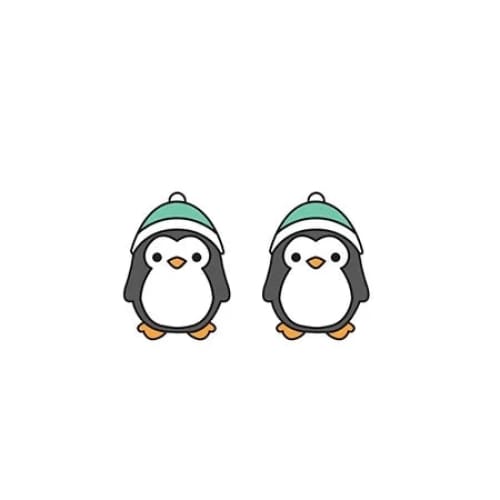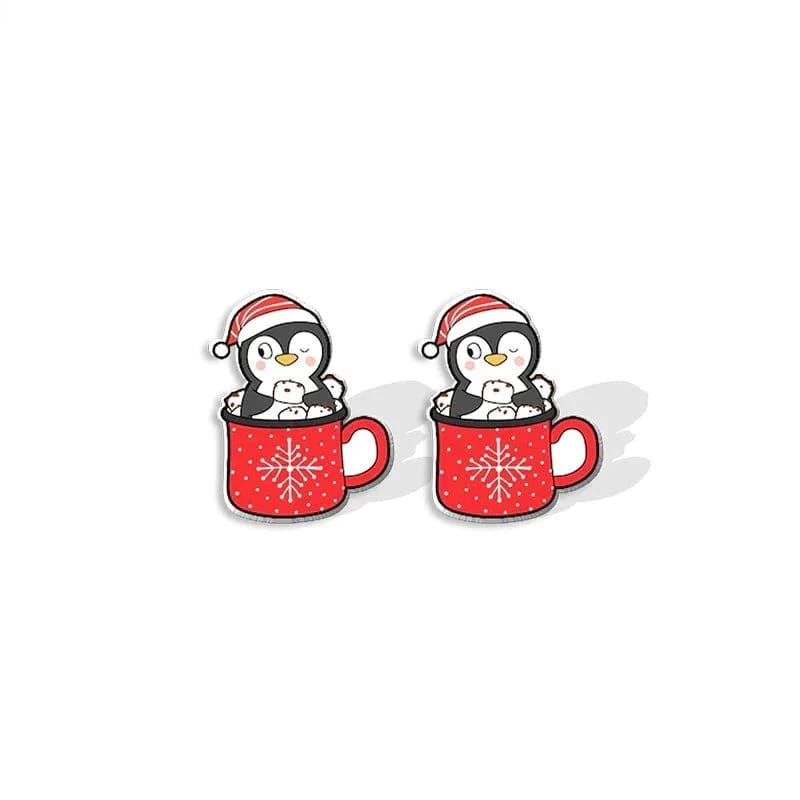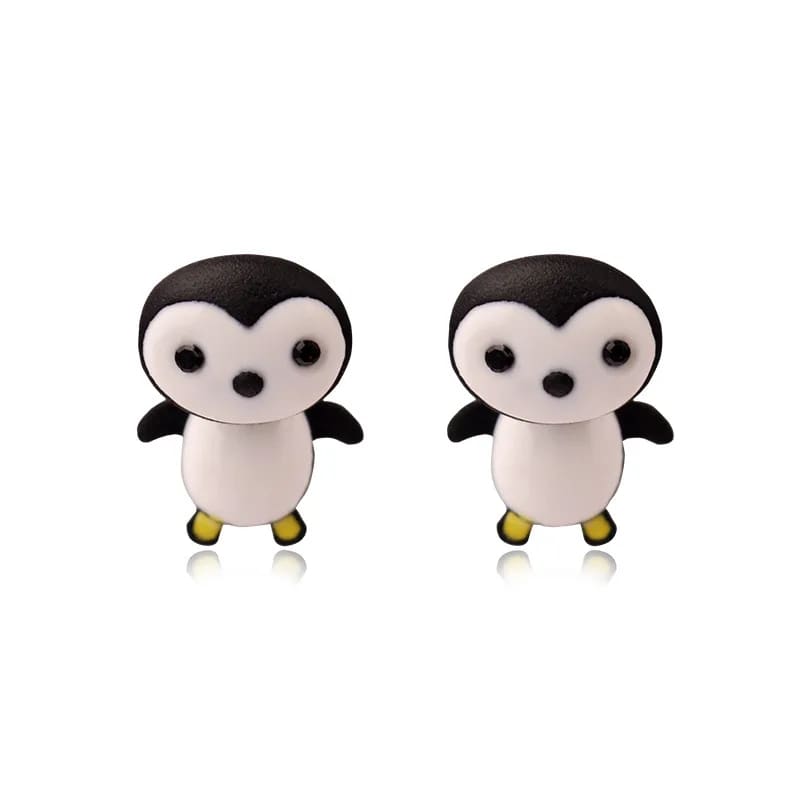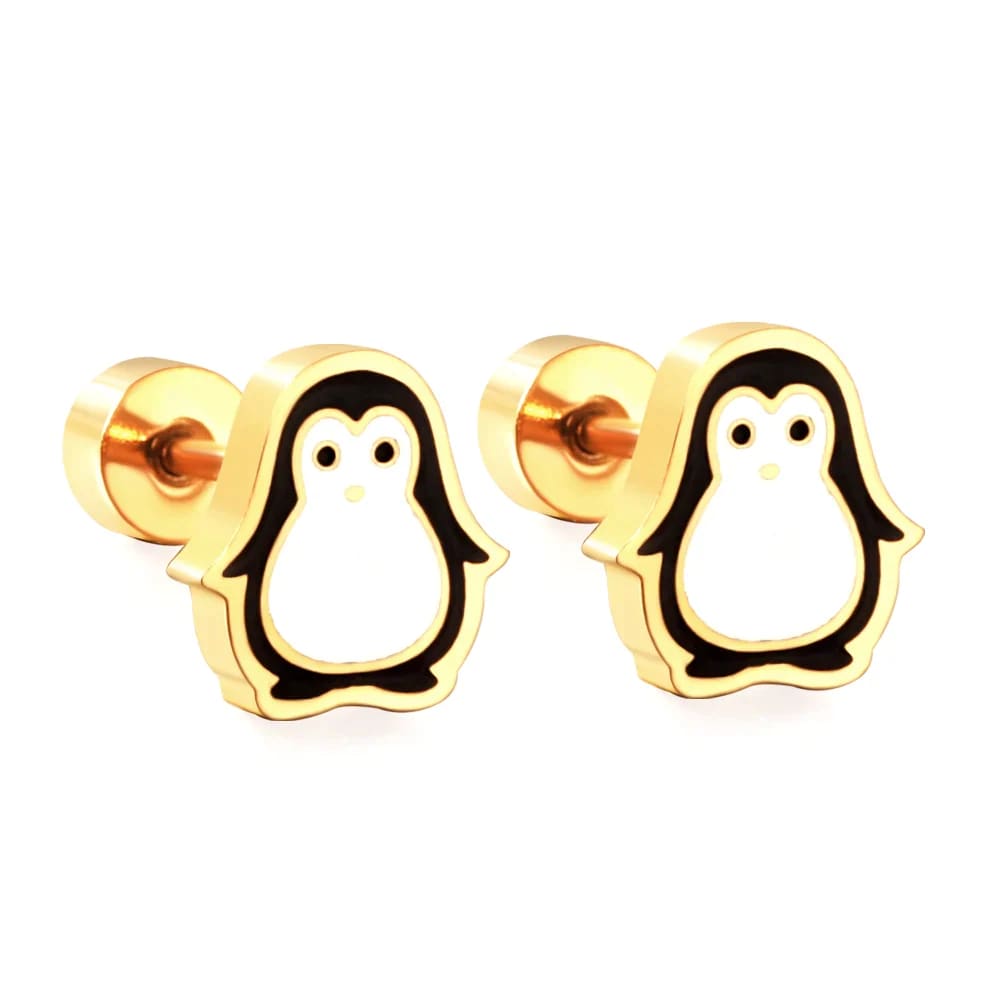Do Penguins Lay Eggs? Exploring the Fascinating World of Penguin Reproduction
The Egg-Laying Process of Penguins
Penguins are known for their unique breeding habits, and one of the most intriguing aspects of their reproductive cycle is the fact that they lay eggs. Unlike most other birds, who build nests in trees or on the ground, penguins create nests out of pebbles to protect their precious eggs from the icy Antarctic terrain. The male penguin takes on the responsibility of incubating the egg, balancing it on his feet and covering it with a warm fold of skin called the brood pouch. This ensures that the egg stays warm and protected until it hatches.
After the female penguin lays the egg, she transfers it to the male, who then takes over the incubation duties. This unique role reversal allows the female to replenish her energy reserves by heading back to the ocean to feed and regain strength. The male penguin diligently tends to the egg, keeping it safe and warm while the female is away. It's fascinating to see how penguins have developed such an intricate system to ensure the survival of their offspring in the harsh Antarctic environment.
The Importance of Egg Incubation
Incubating the eggs is crucial for penguins as it helps them maintain a stable temperature, providing a nurturing environment for the growing chicks. The male penguin uses his body heat to keep the egg warm, regulating its temperature to ensure proper development. This process can sometimes last for several months, with the male penguin enduring extreme weather conditions and fasting during this period.
During the incubation period, the male penguin carefully turns the egg to distribute the heat evenly and prevent the developing chick from sticking to the shell. This rotation also helps to strengthen the embryo's muscles and the development of vital organs. The dedication and commitment showcased by both male and female penguins during the incubation process are truly remarkable.
Once the incubation period is over, the egg eventually hatches, and a fluffy chick emerges, ready to experience the world. Penguin chicks have a long journey ahead of them, as they must learn to swim and hunt for their own food. The parents continue to play an active role in raising their offspring, providing them with nourishment and protection until they are ready to venture out on their own.
The Adaptations for Egg-Laying in Penguins
Penguins have evolved several remarkable adaptations to ensure the successful reproduction of their species. One such adaptation is the ability to lay eggs without brooding patches, which are characteristic of most birds. Instead, penguins have a well-developed brood pouch that allows them to safely incubate their eggs.
Additionally, penguins' streamlined bodies and short wings are specially adapted for efficient swimming rather than flying. This adaptation enables them to navigate through the water with exceptional agility, making them highly skilled hunters. By focusing their energy on swimming and diving, penguins have honed their abilities in the marine realm, ensuring their survival and successful reproduction in their unique Antarctic habitat.
Overall, the ability of penguins to lay eggs and nurture their young under extreme conditions is a testament to their remarkable resilience and adaptability. It is truly awe-inspiring to witness the intricate and fascinating world of penguin reproduction.
The Role of Male and Female Penguins in Raising Their Chicks
While both male and female penguins play important roles in the reproduction process, their responsibilities differ significantly. Understanding these roles gives us a deeper appreciation for the complexities of penguin family dynamics.
Male penguins are primarily responsible for incubating the eggs and keeping them warm. They develop a special brood pouch on their belly, where they carefully balance the egg throughout the incubation period. Their dedication to this task is extraordinary, as they endure harsh weather conditions and fasting while providing optimal conditions for the growing chick.
The Nurturing Nature of Female Penguins
During the male's incubation period, female penguins head back to the ocean to replenish their energy reserves. Once they have regained their strength, they return to the nesting area to take over the care of the hatched chicks. Female penguins play a crucial role in feeding and protecting the chicks, ensuring their healthy growth and development.
Female penguins have to balance the demands of finding food for their chicks with the need to protect them from predators. They often form cooperative groups, where individual females take turns foraging for food while others guard the chicks in a huddle. This cooperative behavior maximizes their chances of successfully raising their chicks in the challenging Antarctic environment.
The collaboration between male and female penguins highlights the importance of shared parental responsibilities in ensuring the survival of their offspring. Their commitment to each other and their young is a beautiful example of nature's remarkable harmony.
Penguin Social Structure and Family Bonds
Penguins form tight-knit colonies where they establish strong bonds with their mates and neighbors. These social structures play a crucial role in their reproductive success. Male and female penguins often reunite with the same partner year after year, demonstrating remarkable fidelity.
Within the colony, penguins develop a hierarchy that determines their access to resources, including mates and nesting sites. This social organization helps maintain order and ensures that each penguin has a fair chance at successful reproduction.
The strong family bonds within penguin colonies contribute to the survival of the species as a whole. By working together and supporting one another, penguins increase the chances of their offspring reaching maturity and continuing the cycle of life.
Penguin Breeding and Adaptations to the Antarctic Environment
Penguins have evolved unique adaptations that allow them to thrive in the extreme conditions of the Antarctic environment. These adaptations play a crucial role in their breeding success and overall survival.
One key adaptation is the timing of their breeding season. Penguins synchronize their breeding with the availability of food, which is abundant during the Antarctic summer. This ensures that parents can find enough prey to feed their chicks, giving them the best chance of survival.
The Insulating Abilities of Penguin Feathers
Penguins' feathers are specially adapted to provide excellent insulation in the frigid Antarctic waters. Their outer feathers are covered in a layer of waterproof coating and densely packed, creating a barrier that keeps the cold water away from their skin. This insulation allows penguins to maintain a relatively stable body temperature even in freezing conditions.
Beneath the outer layer, penguins have a layer of down feathers that provide additional insulation. This layer traps air close to their bodies, forming a warm layer that helps them withstand the extreme cold. These feather adaptations are essential for the survival of penguin chicks, who rely on their parents for warmth during the early stages of their lives.
The Unique Physiology of Penguin Parents
Penguins have a unique physiology that enables them to survive in the Antarctic environment and successfully raise their young. They have a high metabolic rate, allowing them to generate and retain heat even in freezing temperatures.
Additionally, their flippers, specially designed for swimming, play a crucial role in their upbringing. Penguins use their flippers to steer themselves through the water, allowing them to catch fish and other prey. These flippers also serve as a form of communication, with penguins using them to display courtship gestures and reinforce social bonds within their colonies.
The numerous adaptations of penguins to their environment highlight their incredible resilience and the symbiotic relationship they have developed with the Antarctic ecosystem.
Revisiting the World of Penguins: A Glimpse into Their Unique Reproductive Journey
From the moment the female penguin lays her precious egg to the day the fluffy chick takes its first wobbly steps, the process of penguin reproduction is filled with wonder and amazement. Penguins have forged a path uniquely suited to their environment, developing remarkable adaptations and intricate family dynamics to ensure the survival of their species.
Through the dedication of both male and female penguins in nurturing their young, the resilience and resourcefulness of these incredible creatures shine through. Their ability to lay eggs and provide a nurturing environment in the harshest conditions is a testament to the wonders of nature.
As we glimpse into the world of penguins and their exceptional reproductive journey, we can't help but marvel at their incredible strength, adaptability, and unwavering commitment to their family. Penguins truly embody the beauty and resilience of the natural world.



























